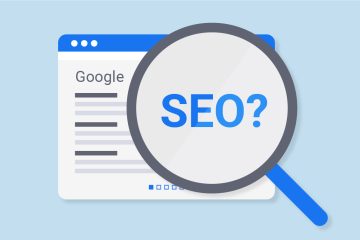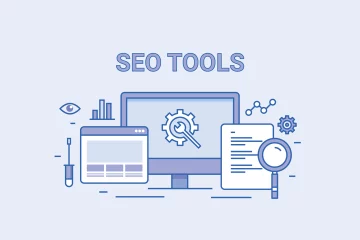What is email marketing?
Email marketing is the use of email to promote your products or services to potential or existing customers. It is one of the most effective digital marketing channels, with a high ROI of $36 for every dollar spent.
Why is email marketing so effective?
There are a few reasons why email marketing is so effective:
Email is a permission-based marketing channel. This means that people have to give you their email address before you can send them emails. This means that your email list is made up of people who are already interested in what you have to offer.
Email is a personalized marketing channel. You can segment your email list and send targeted emails to different groups of people. This allows you to send more relevant and engaging emails to each subscriber.
Email is a measurable marketing channel. You can track open rates, click-through rates, and other metrics to see how your email campaigns are performing. This data can help you improve your email marketing strategy over time.
How to get started with email marketing
If you’re new to email marketing, here are a few tips to get you started:
- Build an email list. You can build an email list by offering a lead magnet, such as a free e-book or webinar. You can also add sign-up forms to your website and social media pages.
- Choose an email marketing platform. There are many different email marketing platforms available, such as MailChimp, Constant Contact, and HubSpot. Choose a platform that fits your needs and budget.
- Create a content calendar. Plan out what type of emails you want to send and how often you want to send them. This will help you stay consistent with your email marketing efforts.
- Write compelling email subject lines and content. Your email subject line is the first thing people see, so make sure it’s attention-grabbing. Your email content should be informative, engaging, and relevant to your audience.
- Test and track your results. It’s important to test different email subject lines, content, and send times to see what works best for your audience. You can also track your results to see how your email campaigns are performing.
Email marketing platforms and tools
There are many different email marketing platforms and tools available, each with its own unique features and benefits. Here are a few of the most popular options:
MailChimp: MailChimp is a popular email marketing platform for businesses of all sizes. It offers a free plan for up to 2,000 subscribers and 12,000 emails per month.
Constant Contact: Constant Contact is another popular email marketing platform. It offers a variety of features, including email templates, email automation, and email analytics.
HubSpot: HubSpot is a comprehensive marketing platform that includes email marketing, CRM, and marketing automation. It’s a good option for businesses that want to streamline their marketing efforts.
Email marketing strategy
When developing your email marketing strategy, it’s important to consider your goals. What do you want to achieve with your email marketing campaigns? Do you want to increase brand awareness, drive traffic to your website, or generate leads?
Once you know your goals, you can segment your email list and create targeted email campaigns. For example, you could send a different email campaign to new subscribers than you would to existing customers.
You should also consider the frequency of your email campaigns. Don’t send too many emails, or you’ll risk annoying your subscribers. But don’t send too few emails, either, or your subscribers will forget about you.
Finally, be sure to test and track your email results. This will help you see what’s working and what’s not, so you can improve your email marketing strategy over time.
Tips for successful email marketing
Here are a few tips for successful email marketing:
Segment your email list. This will allow you to send more relevant and engaging emails to each subscriber.
Personalize your emails. Use the subscriber’s name and other relevant information to make your emails more personal.
Write clear and concise subject lines. Your subject line is the first thing people see, so make sure it’s attention-grabbing and informative.
Write engaging email content. Your email content should be informative, engaging, and relevant to your audience.
Include a call to action. Tell your subscribers what you want them to do, whether it’s visiting your website, signing up for a webinar, or making a purchase.
Test and track your results. This will help you see what’s working and what’s not, so you can improve your email marketing strategy over time.
Conclusion
Email marketing is a powerful tool to reach and engage




